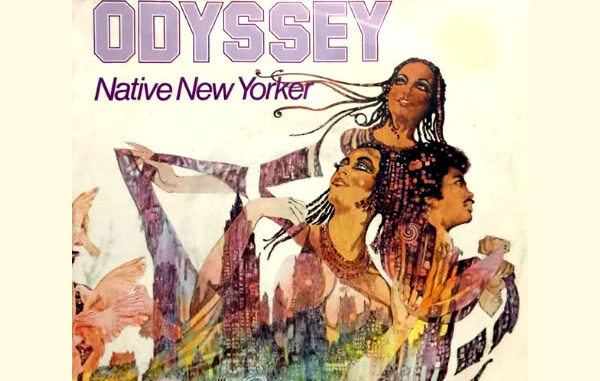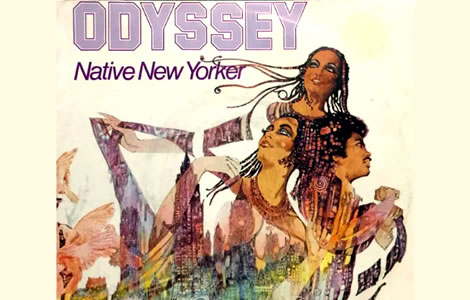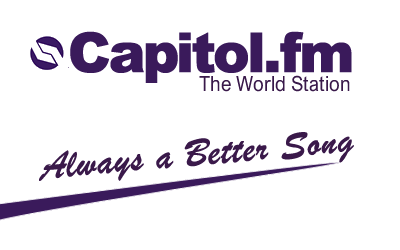
Released in 1977, Odyssey’s “Native New Yorker” became an anthem for liberated women in the city that never sleeps. The song still garners airplay today, standing out as a timeless hit that captures the vibrant spirit of New York City during the golden age of disco.

Behind this smash hit is Odyssey, a band that became synonymous with the disco and soul scenes of the 1970s and 1980s. Through its irresistible beat, clever lyrics, and iconic saxophone riff, “Native New Yorker” not only resonated with music lovers but also became a cultural touchstone for the liberated women of New York.
Odyssey: A Musical Journey
Odyssey was originally formed by the Lopez sisters, Lillian, Louise, and Carmen, who hailed from the Virgin Islands. However, the lineup changed over time, with Lillian Lopez remaining as the core member throughout the band’s peak years. In 1977, the band collaborated with producer Sandy Linzer, who had written hits for The Four Seasons, to create what would become one of their most iconic tracks.
The Lopez sisters’ mix of soulful voices and a seamless fusion of Caribbean, disco, and R&B influences brought something unique to the disco scene. By the mid-1970s, Odyssey had found their groove, and “Native New Yorker” was the track that would solidify their place in disco history. Though they would have other hits, such as “Use It Up and Wear It Out” and “Going Back to My Roots,” “Native New Yorker” remains the song most associated with Odyssey.
The Recording of “Native New Yorker”
“Native New Yorker” was written by Sandy Linzer and Denny Randell, the duo behind many pop hits of the 1960s and 1970s. The song was recorded at Media Sound Studios in New York, where Odyssey worked closely with Linzer to create a lush, sophisticated sound that would epitomize the slickness of disco music.
The track opens with a dazzling saxophone solo by Michael Brecker, one of the most renowned jazz saxophonists of the time, which sets the tone for the song’s smooth groove. The production layers rich harmonies, upbeat rhythms, and that iconic disco orchestration—a mix of strings, brass, and percussion. Combined with Lillian Lopez’s smooth, expressive vocals, the song delivers a sound that immediately captures the energy and personality of New York.
What the Song Means
“Native New Yorker” tells the story of a confident, free-spirited woman navigating life in the city. The lyrics focus on her independence and sense of pride in her roots as a native of the Big Apple. This character is seen enjoying life to its fullest, embracing the energy and excitement of the city, but also recognizing its challenges. The line, “No one opens the door for a native New Yorker” conveys the idea of resilience and self-reliance.
For many listeners, the song became an anthem of liberation and empowerment, particularly for women who found themselves juggling careers, social lives, and relationships in a fast-paced, urban environment. The themes of independence and self-determination struck a chord with many women of the 1970s, aligning with the feminist movements of the time.
Chart Success Across the Globe
Upon its release, “Native New Yorker” quickly became a hit on both sides of the Atlantic. In the United States, the song climbed to No. 21 on the Billboard Hot 100, while in the UK, it fared even better, reaching No. 5 on the UK Singles Chart. Its disco sound made it a favorite in clubs and on radio stations across Europe, Asia, and Australia as well.
The song’s appeal stretched beyond disco, as it also found success on the R&B charts in the US, where it peaked at No. 6. In Australia, “Native New Yorker” gained significant airplay, particularly in Sydney’s vibrant nightclub scene, helping it to chart in the top 30. The song’s timeless appeal and its continued presence on playlists today underscore its cross-generational and cross-cultural reach.
Disco Fever: New York’s Club Scene and Radio Stations
During the height of disco in the late 1970s, New York City was home to some of the world’s most famous nightclubs. Studio 54 was arguably the most legendary of all, attracting a glamorous crowd of celebrities, artists, and fashion icons. The club’s exclusivity and wild atmosphere made it a mecca for the disco elite, and “Native New Yorker” was a staple on its dance floor. Other famous nightspots included Xenon, Paradise Garage, and The Loft, each offering their unique take on New York’s thriving nightlife scene.
As for the radio waves, WBLS was the undisputed king of disco in New York. Known for spinning the latest hits and deep cuts alike, WBLS brought the sound of disco to millions of listeners in the city and beyond. The station’s influence in shaping New York’s music scene cannot be overstated. DJs like Frankie Crocker helped propel songs like “Native New Yorker” to radio stardom, making them must-hear tracks during primetime hours.
A Lasting Legacy
Even decades after its initial release, “Native New Yorker” continues to capture the hearts of listeners. Its sophisticated sound and relatable lyrics have allowed the song to transcend the disco era, ensuring that it remains a staple on radio playlists and at disco-themed events around the world.
More than just a song about the city, “Native New Yorker” is a celebration of New York’s spirit—its resilience, its energy, and the sense of freedom it offers to anyone willing to embrace its challenges. For Odyssey, the track remains their most iconic hit, a testament to their contribution to the vibrant disco scene of the 1970s.
As long as New York City remains a symbol of excitement, independence, and opportunity, “Native New Yorker” will continue to be its unofficial anthem.
